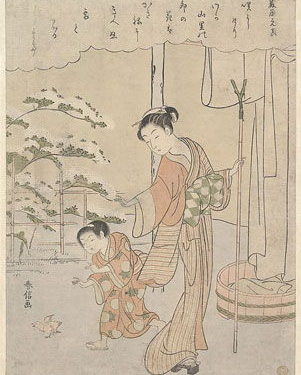Ukiyo-e is a Japanese painting and woodblock printing style that usually depicts cities’ pleasure and leisure activities during the Edo period. This style is also related to Japanese’s aesthetics, poetry, nature, spirituality, love, and sex.
Ukiyo-e comes from Japanese words, uki (sadness) and yo (life). This word reflects on the Buddhist doctrine “life is a transitory illusion”. During the early Edo period, Ukiyo was also defined as “to float”, which was associated with the wafting of life’s pleasure.
This painting style often portrays beautiful women, erotica, subjects with big heads, birds, flowers, iconic natural landscape, like Mount Fuji. These subjects were usually painted on Japanese screens or scrolls.
The main characteristics of Ukiyo-e are the use of aerial perspectives, precise details, clear outlines, and flat color.
In the western world (Europe and America,) Ukiyo-e’s influence was known as Japonism, which affected several Western artists and movements, such as Impressionism, Art Nouveau, and Modernism.
Here are some famous Ukiyo-e artworks:
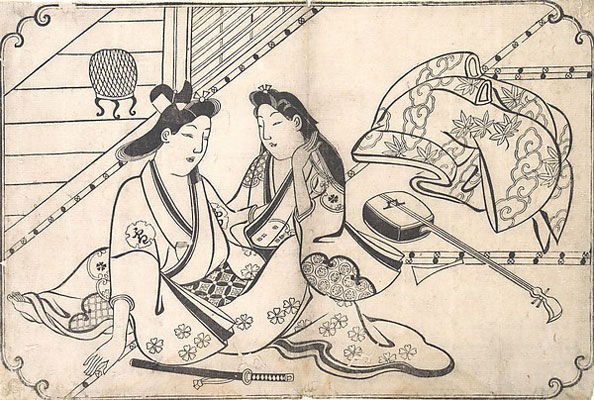
Two Lovers (c. 1675-80), by Hishikawa Moronobu. https://www.theartstory.org/
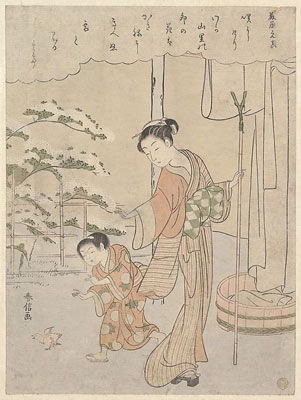
Poem by Fujiwara no Motozane from the Series Thirty-Six Poets (c. 1768), by Suzuki Harunobu. https://www.theartstory.org/
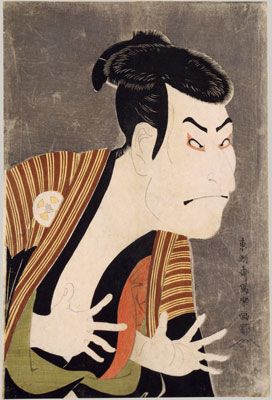
Kabuki Actor Ōtani Oniji III as Yakko Edobei in the Play The Colored Reins of a Loving Wife (1794), by Tōshūsai Sharaku, https://www.theartstory.org/
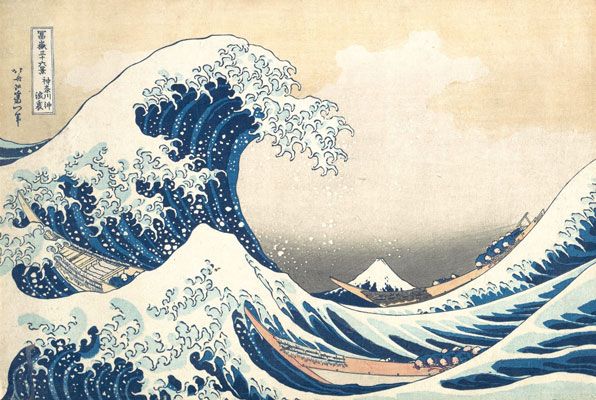
Under the Wave off Kanagawa (also known as The Great Wave) (c. 1830-32), by Katsushika Hokusai. https://www.theartstory.org/
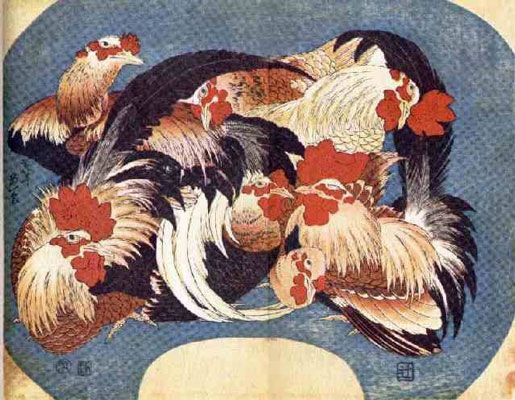
Flock of Chickens (1830-44), by Katsushika Hokusai, https://www.theartstory.org/
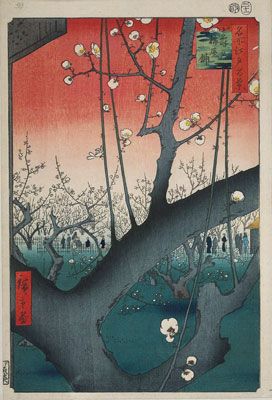
Plum Estate, Kameido (Kameido Umeyashiki) (1857), by Utagawa Hiroshige, https://www.theartstory.org/

